Gigabit Power, 10/100 Simplicity
Connects up to 10x faster than Fast Ethernet for maximum performance*
Up to 60% lower power consumption
Auto power-down mode saves energy when port is unused
Simple to combine Fast Ethernet and Gigabit devices in your network
Plug-and-play installation delivers ease of use
Features:
ProSafe 8-port Gigabit Desktop Switches connect your network with the dual advantages of performance and convenience
Fast, auto-switching Ethernet connection integrates 10, 100, and 1000 Mbps devices into your network
Supports Windows and Macintosh platforms
LEDs make it easy to monitor link, speed, and activity
AutoUplink technology automatically adjusts for two common types of cables
NETGEAR Green
Up to 60% lower power consumption
Auto power-down mode saves energy when port is unused
Packaging manufactured with at least 80% recycled materials

Specifications:
Network Ports
Forwarding Mode
Performance
Forwarding rate:
10 Mbps port: 14,800 packets/sec
100 Mbps port: 148,000 packets/sec
1000 Mbps port: 1,480,000 packets/sec
Latency (using 1500-byte packets):
10 Mbps: 30μgs (max)
100 Mbps: 6μgs (max)
1000 Mbps: 4μgs (max)
MAC address database: 4,000
Mean time between failures (MTBF): >1 million hours (~114 years)
Status LEDs
AC Power
Power adapter: 12W, 12V DC, 1A
Maximum power consumption
Physical Specifications
Environmental Specifications
Operating temperature: 0 to 50 degree C (32 to 122 degree F)
Operating humidity: 10% to 90% non-condensing
Storage temperature: -20 to 70 degree C (-4 to 158 degree F)
Storage humidity: 10% to 95% relative humidity
p>Standards Compliance
IEEE 802.3i 10BASE-T Ethernet
IEEE 802.3u 100BASE-TX Fast Ethernet
IEEE 802.3ab 1000BASE-T Gigabit Ethernet
Honors IEEE 802.1p and DSCP priority tags
Jumbo frame: up to 9,720 bytes
Safety Agency Approvals
Electromagnetic Compliance
System Requirements
Windows, Linux, Mac OS
10 Mbps: UTP Cat 3 (or better)
100 Mbps: UTP Cat 5 (or better)
1000 Mbps: UTP Cat 5e (or better)
Network card for each PC or server
Package Contents
* Actual data throughput will vary. Network conditions and environmental factors, including volume of network traffic, building material and construction, and network overhead, lower actual data throughput rate.

 0
0

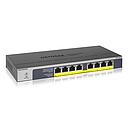

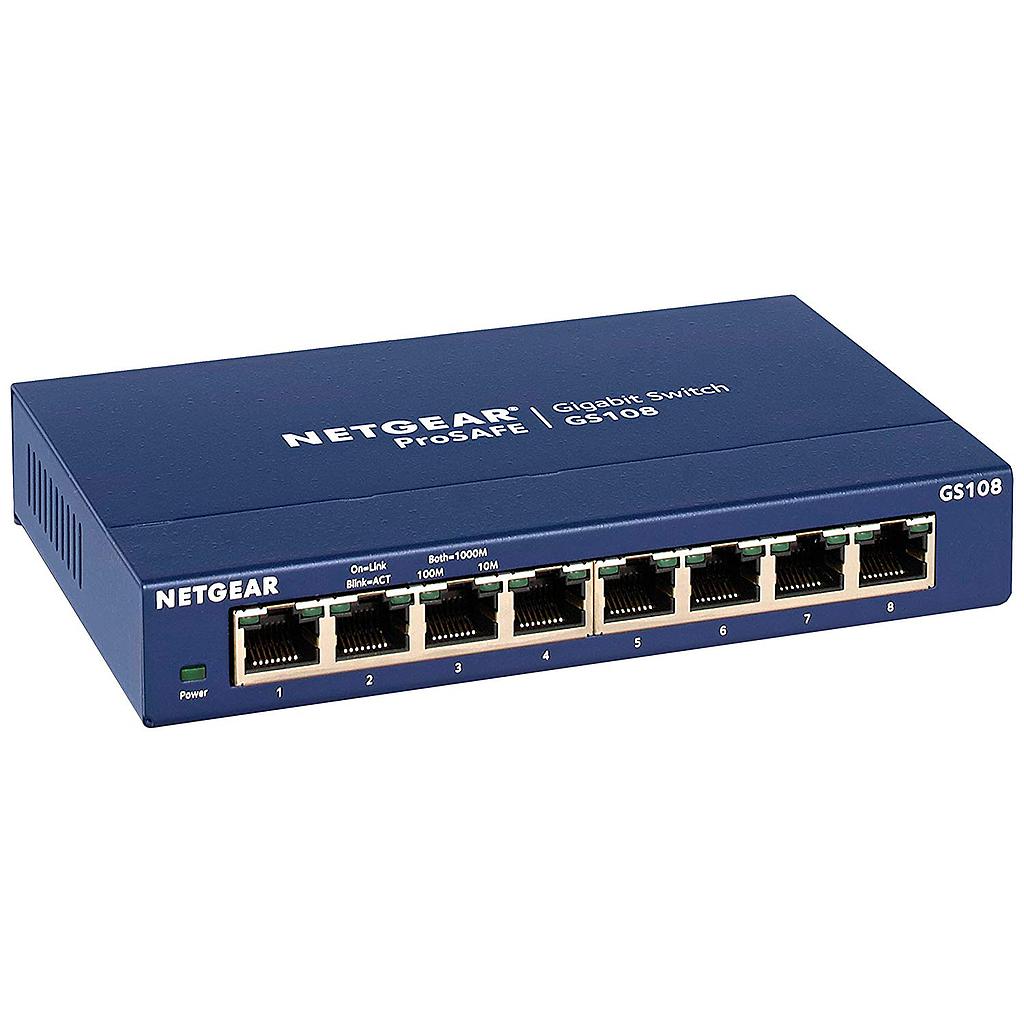
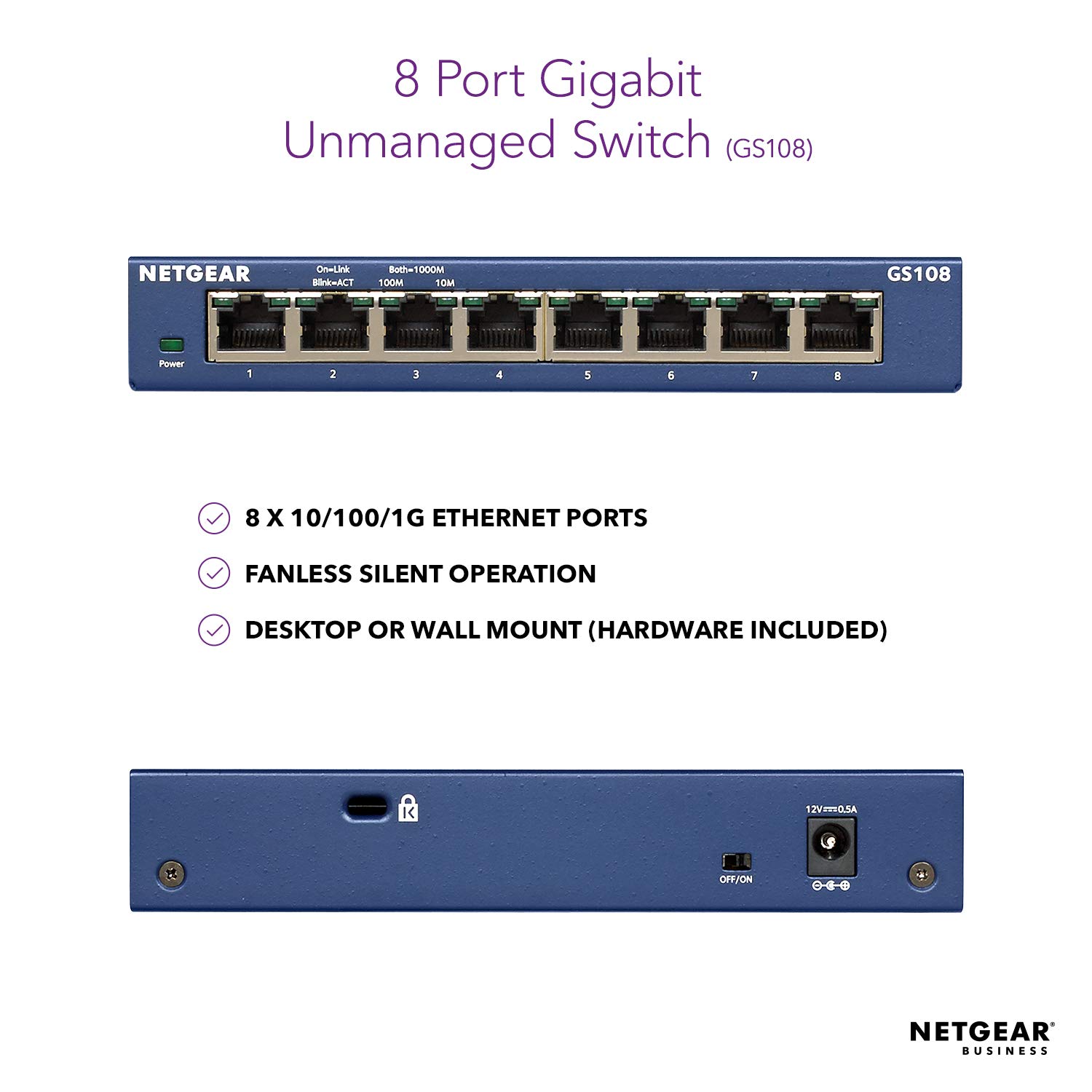
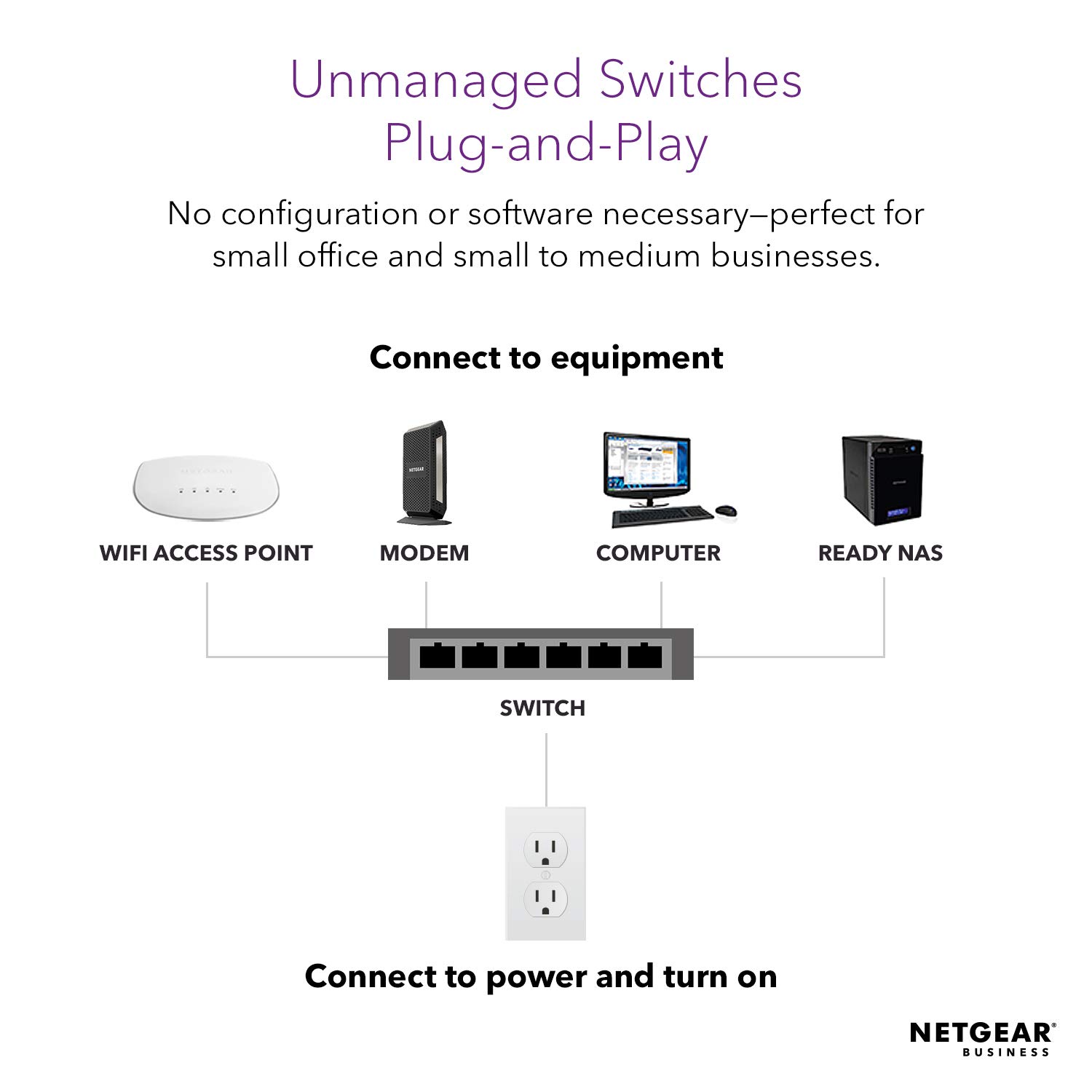



![[MFADSRR9U] MAINFRAME 9U ADJUSTABLE 18″-26″ DUAL SWING RELAY RACK](/web/image/product.template/7038/image_512/%5BMFADSRR9U%5D%20MAINFRAME%209U%20ADJUSTABLE%2018%E2%80%B3-26%E2%80%B3%20DUAL%20SWING%20RELAY%20RACK?unique=445b26b)
![[TLEAP610] TP-LINK OMADA EAP610 AX1800 CEILING MOUNT WIFI 6 ACCESS POINT](/web/image/product.template/9384/image_512/%5BTLEAP610%5D%20TP-LINK%20OMADA%20EAP610%20AX1800%20CEILING%20MOUNT%20WIFI%206%20ACCESS%20POINT?unique=445b26b)
![[UBACBAC] UBIQUITI AIRCUBE 802.11AC 2X2 DUAL-BAND // HOME WIFI AP](/web/image/product.template/2120/image_512/%5BUBACBAC%5D%20UBIQUITI%20AIRCUBE%20802.11AC%202X2%20DUAL-BAND%20--%20HOME%20WIFI%20AP?unique=445b26b)
![[U6LR] UBIQUITI UNIFI WIFI 6 LONG RANGE ACCESS POINT 4X4 (POE INJ NOT INCL)](/web/image/product.template/8430/image_512/%5BU6LR%5D%20UBIQUITI%20UNIFI%20WIFI%206%20LONG%20RANGE%20ACCESS%20POINT%204X4%20%28POE%20INJ%C2%A0NOT%20INCL%29?unique=9f5797b)
![[NGGS308] NETGEAR 8 PORT GIGABIT ETHERNET UNMANAGED SWITCH](/web/image/product.template/7043/image_512/%5BNGGS308%5D%20NETGEAR%208%20PORT%20GIGABIT%20ETHERNET%20UNMANAGED%20SWITCH?unique=445b26b)
![[NGGS108LP] NETGEAR 8 PORT GIGABIT UNMANAGED POE+ SWITCH (60W)](/web/image/product.template/7006/image_512/%5BNGGS108LP%5D%20NETGEAR%208%20PORT%20GIGABIT%20UNMANAGED%20POE%2B%20SWITCH%20%2860W%29?unique=445b26b)
![[NGGS108E] NETGEAR PROSAFE PLUS 8-PORT 10/100/1000 SWITCH](/web/image/product.template/3060/image_512/%5BNGGS108E%5D%20NETGEAR%20PROSAFE%20PLUS%208-PORT%2010-100-1000%20SWITCH?unique=445b26b)
![[NP4524] 24-PORT UNLOADED KEYSTONE PATCH PANEL](/web/image/product.template/4987/image_512/%5BNP4524%5D%2024-PORT%20UNLOADED%20KEYSTONE%20PATCH%20PANEL?unique=445b26b)
![[MC1000] APC 10-OUTLET LCD BACK-UPS PRO UPS (600W / 1000VA)](/web/image/product.template/3122/image_512/%5BMC1000%5D%20APC%2010-OUTLET%20LCD%20BACK-UPS%20PRO%20UPS%20%28600W%20-%201000VA%29?unique=445b26b)
![[PW510] CAT5E 1000' BLACK SOLID UTP OUTDOOR NETWORK BULK CABLE](/web/image/product.template/5022/image_512/%5BPW510%5D%20CAT5E%201000%27%20BLACK%20SOLID%20%20UTP%20OUTDOOR%20NETWORK%20BULK%20CABLE?unique=445b26b)
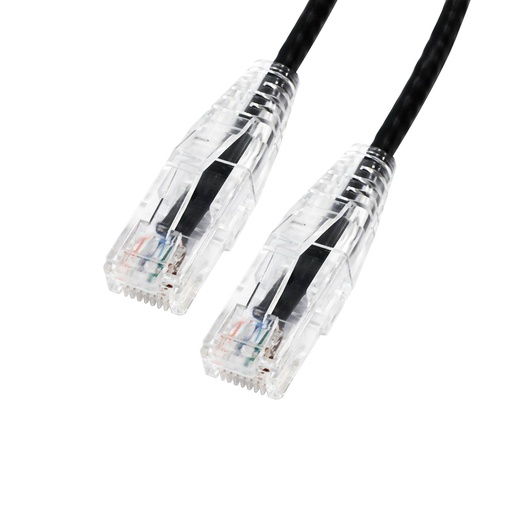
![[TRE750] TRIPP LITE 12-OUTLET ECO UPS (450W/750VA)](/web/image/product.template/3133/image_512/%5BTRE750%5D%20TRIPP%20LITE%2012-OUTLET%20ECO%20UPS%20%28450W-750VA%29?unique=445b26b)
![[TRPH20] TRIPP LITE 1U 13-OUTLET PDU (2.4KW/120V)(20A)](/web/image/product.template/3204/image_512/%5BTRPH20%5D%20TRIPP%20LITE%201U%2013-OUTLET%20PDU%20%282.4KW-120V%29%2820A%29?unique=445b26b)